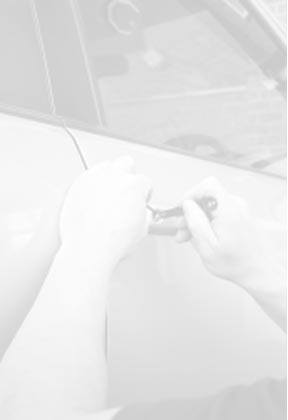Picking a Lock
Wanting to keep unauthorized people out of our homes had long been existing, which means there was already some form of security that had been practiced to keep them out. The first locks were used more than 7000 years ago by the Egyptians. Surprisingly, the functions of a lock from then till now remains the same.
Locks are designed to keep unauthorized people out, as a result keeping you, your family and your property safe and secure. On the other hand, all locks are also designed to be opened. There is no lock that is impossible to pick – just more challenging and time consuming.
As such, any burglar who is determined to break in to your homes or place of business will find ways to figure out how to do so.
Locks in Today’s Market
In the market today, many kinds of locks are available such as deadbolts, padlocks, electronic locks and smart locks. From low- priced to highly sophisticated locks to choose from that meets virtually every need and budget. As locks are also undergoing further developments and it is becoming more sophisticated and more expensive, this means that consumers are willing to pay high for their security.
Some manufacturers make bold claims that their locks cannot be picked nor manipulated; unfortunately they may be proven wrong, since all locks have vulnerabilities.
Lock Vulnerability
Generally, locks that are less expensive are manufactured with less tolerance to lower down its price. Tolerance is the space all around the plug and cylinder inside the locks. Expensive locks tend to have incredibly smaller tolerance, making it somehow less vulnerable and more secure since it will be more difficult to rotate.
Pin tumblers are the most common type used in residential and commercial door locks. Some thin pin tumblers makes it vulnerable to lock picking. Wafer tumblers are used in desk locks and cabinets and are generally weaker than pin tumblers.
Smart locks take full advantage of being connected to the internet. This type of lock allows the use of mobile phones to open and close the door. Two main types in the market today are deadbolts and doorknobs. Smart locks still use a physical key as backup, which can also be a vulnerability. Its program can still be bypassed by a very determined and smart burglar.
Lock Defects
For locks to be picked, it must have a weakness or a defect. This defect is not exactly an error but a deviance of a 100th or even 1000th of a millimeter which is a consequence of production.
These defects can be found in each lock. These are what make locks vulnerable. One will be the cylinder movement which results from the fitting accuracy of the casing pins. This requires a certain mass of air to move and without it, it will not be possible to re-lock the door because the lock will no longer work.
Every lock has its different sounds of engaging pins, discs and tumbler types. Older locks are louder than modern locks.
The cylinder’s fitting accuracy is never 100%, which gives space between the cylinder and the casing which is enough to fit a thin sheet of metal to unlock the lock.
Pin canals must have holes that are perfectly aligned. However, they are never exactly right on the middle axis. Pin canals can tilt in random directions.
As higher standards will be held in manufacturing the locks, it will make it more difficult to pick and manipulate.
Conclusion
A lock has to be locked and unlocked, as its main functions. Because of this, all locks can be opened either by an authorized or unauthorized person developed a skill to do so.
There is no lock that is perfect. Make sure that you know your locks and its features well. Take advantage of all its features to ensure your safety and security.



